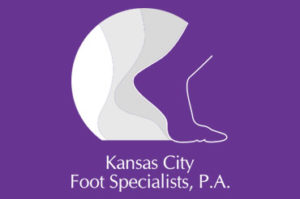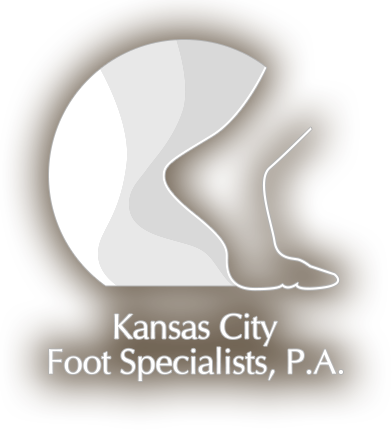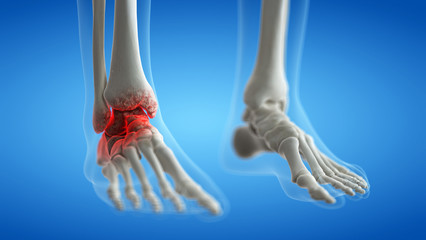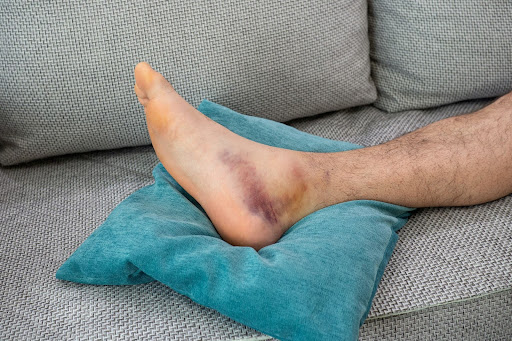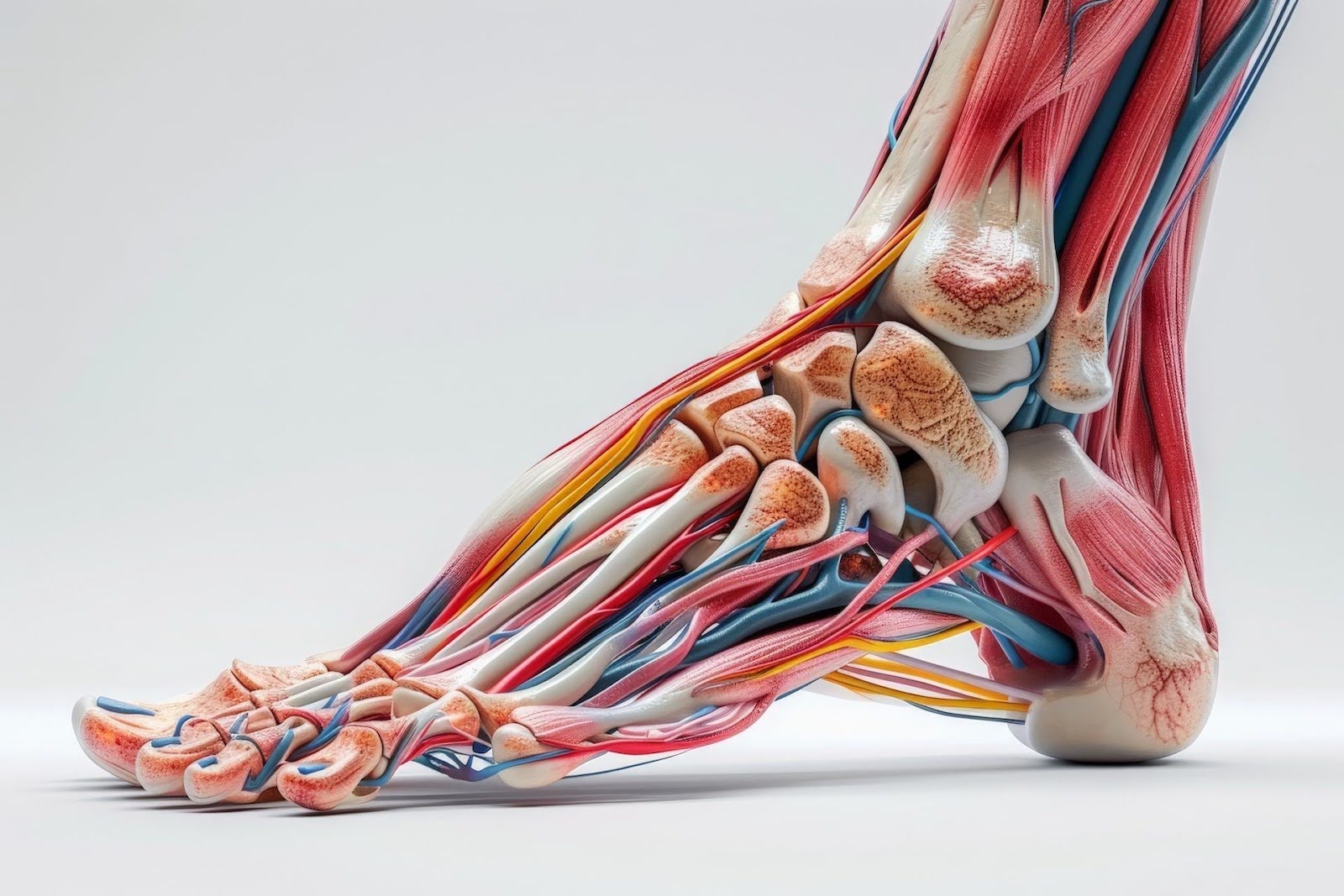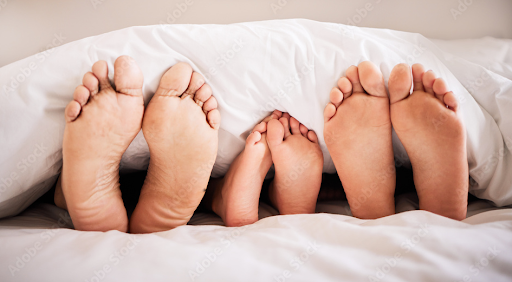
At Kansas City Foot Specialists, we see lots of feet. But every pair of feet we see is different. Your feet are more than just the base of your body; they’re a unique map of individuality shaped by the length, width, shape, and alignment of your toes. Understanding your foot type can help you choose the right shoes and even understand potential foot problems better. The three most common types of feet are Egyptian, Roman, and Peasant.
The Nine Types of Feet
Researchers have identified nine distinct foot types, each with its own characteristics and quirks. See if you can identify yours:
- Egyptian
- Greek
- Roman
- Celtic
- Germanic
- Peasant
- Square
- Stretched
- Simian
Let’s dive into the differences between them all to help you determine which type of feet you have.
Egyptian Feet
One of the most common foot types, Egyptian feet feature a big toe that is longer than the others, creating a neat downward slant. This alignment makes it easy to fit into most shoes. This type of foot is often narrower than other types and may be prone to bunions as the big toe can drift towards the smaller toes over time.
Greek Feet
Greek feet are characterized by a longer second toe compared to the big toe, creating a distinctive pointed shape. This foot type, also known as “Flame Foot,” can cause discomfort if shoes don’t provide enough space for the longer second toe, potentially leading to conditions like corns, claw toes, or hammer toes.
Roman Feet
Roman feet are characterized by the first three or four toes being the same length or close to the same length, while the remaining toes are shorter. The smaller toes may also curve slightly inward and descend. Roman feet often have high arches and are susceptible to a condition called hammer toes due to the toe alignment. A hammer toe is a deformity of the second, third, or fourth toes. The toe is bent at the middle joint so that it resembles a hammer.
Peasant Feet
Peasant feet are like Roman feet in that the three biggest toes are equal in length with the last two toes descending in length. This type of foot tends to be wider and flatter, which can contribute to posture issues and back pain if not properly supported.
Germanic Feet
In Germanic feet, the big toe is longer than all the other toes forming a straight line that steps down from the big toe, with the pinky often times much smaller. This foot type often has a smaller pinky toe in comparison to the others. Because it has a rectangular shape, a wide width shoe that doesn’t compress the toes helps to avoid bunching and rubbing.
Celtic Feet
Combining characteristics of Germanic and Greek feet, They are characterized by a dominant second toe that is sometimes longer than the big toe, with the other three toes being the same length or slanted downward. This combination gives them a unique appearance. Roomy shoes with open toe boxes are best for these feet as they can’t fit into shoes with narrow, pointy, or round toe boxes.
Square Feet
Square feet have all five toes approximately the same length, giving the foot a boxy shape. Sometimes, peasant feet and square feet are used interchangeably, but there are subtle differences. Square feet often have a wide forefoot and narrow heel, which can lead to discomfort such as metatarsalgia (pain in the balls of the feet).
Stretched Feet
Stretched feet feature a notable gap between the big toe and the other toes, often creating a fan-like appearance. This foot type is caused by widely spaced metatarsal bones and can be uncomfortable in shoes that don’t accommodate the spacing between the toes.
Simian Feet
Simian feet resemble a shape where the big toe angles towards the smaller toes, similar to an ape’s foot. This foot type is prone to bunions and can be problematic in narrow or pointed shoes.
Know Your Foot Type to Avoid Problems
Understanding your foot type can guide you in selecting footwear that provides proper support and comfort. It can also help you anticipate and manage potential foot health issues. Whether your toes align in an Egyptian slant or your feet resemble the sturdy shape of peasant feet, embracing your unique foot type is key to maintaining foot health and avoiding foot problems.
At Kansas City Foot Specialists, we can help diagnose and treat a wide array of foot and ankle problems no matter what kind of feet you have. Drs. Laha and Hall have years of experience and can properly diagnose and treat everything from neuromas to neuropathy. And don’t forget, our on-site surgery center is state-of-the-art. Call 913-338-4440 to schedule an appointment or book online.
